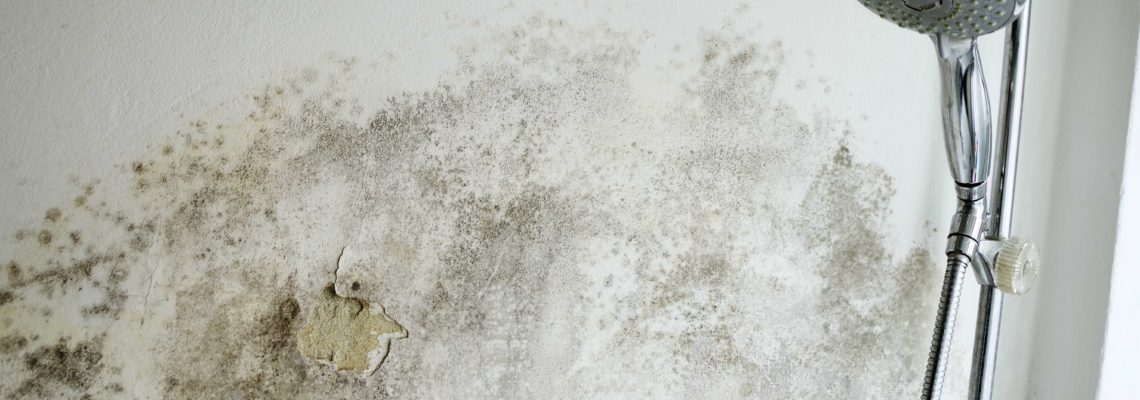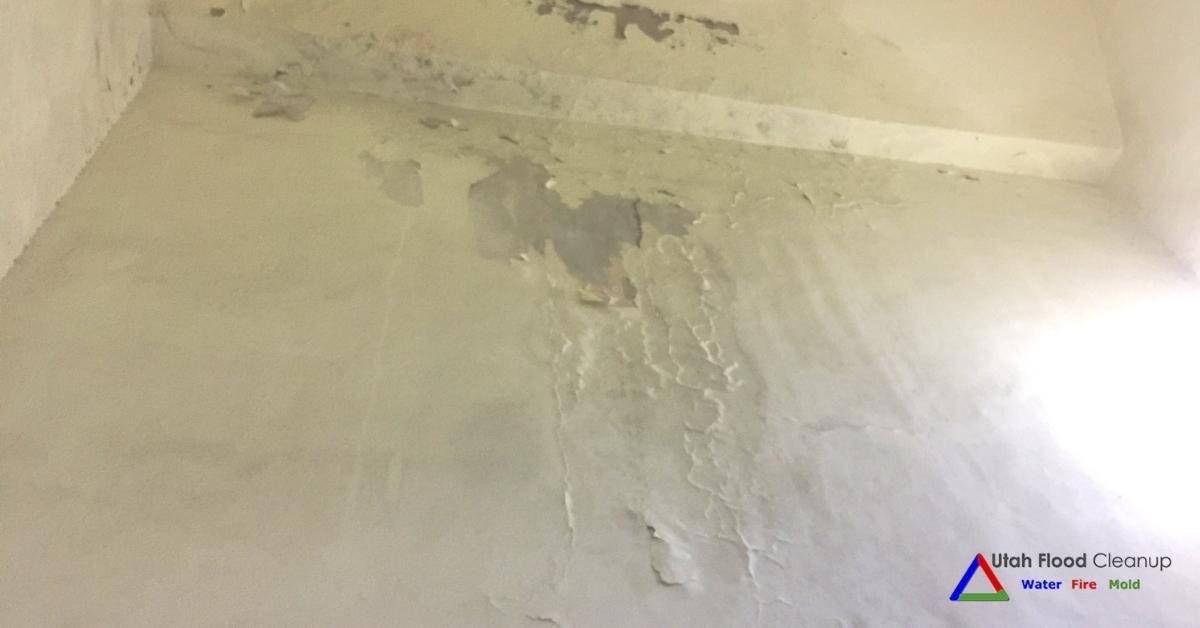Tips on Managing Water Stains on Walls: Inspection and Solutions
Tips on Managing Water Stains on Walls: Inspection and Solutions
Blog Article
The author is making several good points relating to Indicators of Water Damage Behind Walls overall in this content down the page.

Water discolorations on walls are not pleasant to the eyes. Your house should lack spots on the wall surfaces, roof covering, or floorings. That is the perfect state of a residence as well as its structures. Yet, occasionally it seems virtually unavoidable to experience water stains on walls in houses.
Home owners living in humid regions continuously deal with the concern of water spots on wall surfaces. With exact and all-round details on the reasons of water stains as well as prompt repair procedures, you will constantly be an action in advance of such events.
3 Usual Sources Of Water Discolorations on Wall Surfaces
Unlike common belief, water discolorations on wall surfaces do not constantly originate from poor building materials. There are several sources of water stains on wall surfaces. These consist of:
Poor Water drainage
When making a structure strategy, it is critical to make certain ample drain. This will avoid water from leaking right into the wall surfaces. Where the drain system is obstructed or missing, below ground dampness accumulates. This links to extreme dampness that you observe on the walls of your building.
The leading reason of wet wall surfaces, in this instance, can be an inadequate drain system. It can likewise be because of poor monitoring of sewer pipelines that run through the building.
Moist
When hot wet air meets completely dry chilly air, it causes water droplets to base on the walls of buildings. When there is heavy steam from cooking or showers, this occurs in cooking areas as well as restrooms. The water droplets can tarnish the bordering walls in these parts of your home and infect other areas.
Damp or condensation impacts the roofing system and also walls of structures. When the wall is wet, it creates an appropriate environment for the growth of fungis as well as microbes.
Pipeline Leaks
Most residences have a network of water pipes within the walls. This ensures that the pipelines are faraway from the reach of damaging rats. It always raises the practicality of such pipelines, as there is little oxygen within the walls. This inhibits rust.
A disadvantage to this is that water leakage impacts the wall surfaces of the building and triggers widespread damage. A telltale sign of defective pipelines is the look of a water stain on the wall.
Water Spots on Wall Surface: Repair Tips
When dealing with water stains, homeowners would normally desire a fast fix. They would quickly recognize this is detrimental as the water discolorations recur. Below are a few useful suggestions that will lead you in the repair of water spots on wall surfaces:
Pro Tip
A houseplant in your house additionally enhances its humidity. If the house is already moist, you might want to introduce houseplants with minimal transpiration. An instance of ideal houseplants is succulents.
Verdict
No one desires to have water spots on walls in their home, it can happen to the ideal of us. This write-up provides you take advantage of, as you now know just how to manage this accident if it does occur.
It is always best to hire professional solutions to assist repair the damages in your house.
Often it seems almost inescapable to experience water stains on wall surfaces in houses.
Contrary to preferred belief, water discolorations on wall surfaces do not always stem from poor structure materials. There are several reasons of water stains on wall surfaces. The water droplets can tarnish the bordering walls in these components of your house and spread to various other areas.
Below are a few useful pointers that will certainly guide you in the fixing of water spots on walls:
CHECKING FOR WATER DAMAGE
Water damage can be costly, and it may begin before you even notice the first signs of trouble. Water damage can cause mold and mildew in your walls and floors, which can create an abundance of health concerns for your family. It can also lead to costly repairs of various appliances and general home fixtures. To avoid the pricey consequences of water damage, here are Warner Service s top 5 places you should check:
The walls The easiest place to spot the beginnings of water damage is on the walls and ceilings of your home. If water damage is present, there will most likely be water stains, especially around the windows and doorframes, and/or cracks in the drywall. If a stain looks unusual (discolored to brown, black or gray, raised texture), has a swollen appearance or is soft to the touch, contact a professional immediately. The pipes To avoid water damage, consistently check the pipes in your kitchen (especially the dishwasher and ice maker), bathrooms, laundry room (specifically washing machines) and basement for corrosion, leaks and water stains. Pay special attention to where the pipes connect in your home and the location of caulking around the bathroom fixtures, including toilets, sinks, showers and tubs. Missing or loose caulking and grout could be signs of leaking water. This seepage can also quickly cause mold and rust, so double check your water heater and tank for wet spots on the floor. The floor Water damage is very easy to spot on the floor. Look for any warping or buckling of the material, especially in the basement. If your home has wood flooring, look for bright white or dark stains. If your home has carpeting, keep it dry and clean. A damp carpet that smells of mold could cause water damage and health problems. To avoid this, consider installing floor pans under your appliances to help prevent damages from small, slow and undetected leaks. The basement and attic If your basement or attic smells odd check for mold and mildew around the area, especially the valley where the roof meets. While you are inspecting those areas, check for wall cracks, floor stains, rust and dampness in the insulation. If you live in a colder and/or rainier climate, perform routine checks for water damage from melting snow or ice and rain. The exterior Check the roof for damaged flashing and missing, cracked or curled shingles. There should also be no standing water anywhere outside your home. This could be caused by puddles, leaky rain gutters or hoses, poor drainage, or short gutter spouts. Invest in a sump pump system or water flow monitoring system, and perform routine maintenance on these outdoor appliances to avoid indoor water damage.

I am very taken with Indicators of Water Damage Behind Walls and I am praying you appreciated the new article. Sharing is nice. One never knows, you might be doing someone a favor. I appreciate reading our article about .
Click Here Report this page